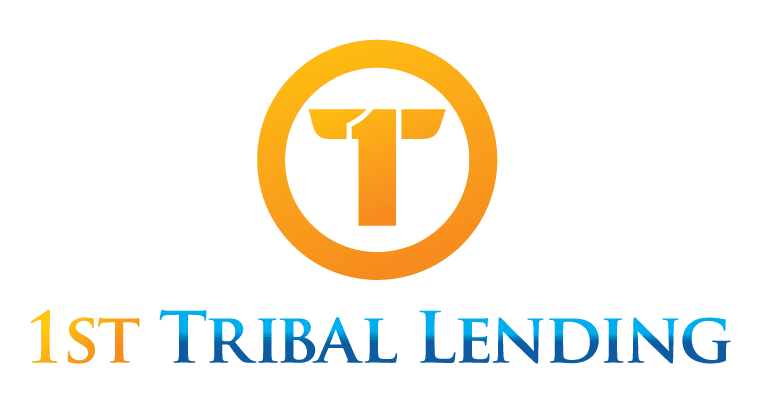Tribal loans grant Native American tribes the power to improve the living conditions of their lands. They can build, buy, and renovate homes on and off the reservation. The ability to acquire the loans necessary to improve the native lives is a recent advancement. The lands held in trust by the United States government and the relationship between the two are meant to protect native lands from being seized by private lenders.
HUD-184 was created to offer a means to mortgage native lands while still having them held in trust for Native American tribes. Due to the varying types of land ownership (allotted lands, restricted lands, and unrestricted which are also discussed in the article Types of Native American Lands) the application process to get loans will differ. Here’s a look at HUD 184 and the application process if you qualify:
Tribal Responsibility
The ability to participate in HUD-184 is dependent on whether your tribe has the required legal framework to ensure that loan repayment is enforced. Your tribe must have procedures to deal with potential foreclosures, evictions, and property lien on restricted and allotted land. The extra requirement is meant to safe guard the tribes, the lender, the borrower, and the federal government from financial harm.
HUD-184 has been set up to ensure that tribal land stays tribal land if the lease holder cannot make payments. If a tribe member with a loan on restricted or trust land cannot make payments, the transfer of the lease or allotment must be approved by the tribal government. If the land goes into foreclosure, any sale or rent of the land by the lender or the Federal Agency who insured the loan must be approved by the tribe.
Types of Land:
- Allotted Trust Land
Allotted Trust lands are the remnants of reservations that where given to individual tribe members by the General Allotment Act of 1887. While the owner of the allotted land has the right to mortgage the land, they must still seek approval from the Bureau of Indian Affairs (BIA).
If the allotted trust land is held by multiple tribe members, the individual interested must acquire a lease from all of the co-owners giving permission to mortgage the land. Depending on your tribe’s laws and the co-owners, they might be required to pay a rental to the co-owners. Once permission is granted from the co-owners, the Secretary of Interior must also approve the lease.
- Restricted Lands—Tribal Assignment
Restricted lands are land owned by the tribe. Individuals within the tribe can be assigned to portions of the restricted land. The internal assignment does not normally grant control over the land which means that he or she is not legally able to mortgage the land to seek a loan. In order for an individual tribe member to seek a loan using restricted trust land, the tribe must grant the tribe member a written lease to the land. The lease must be filed with the BIA.
- Unrestricted Fee Land
Unrestricted fee land means that the owner of the land can transfer or sell the property without seeking the approval of the United States or Tribal government. If the unrestricted fee land is in an Indian area, the land is eligible for HUD-184.
Contact 1st Tribal Lending about any questions about HUD Section 184, the process of applying for a loan, or your tribes’ eligibility.

